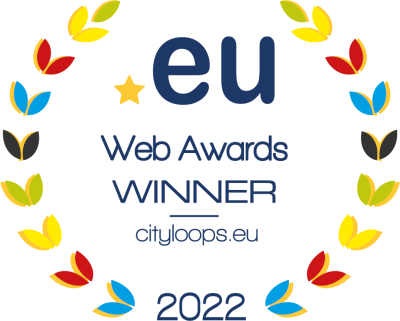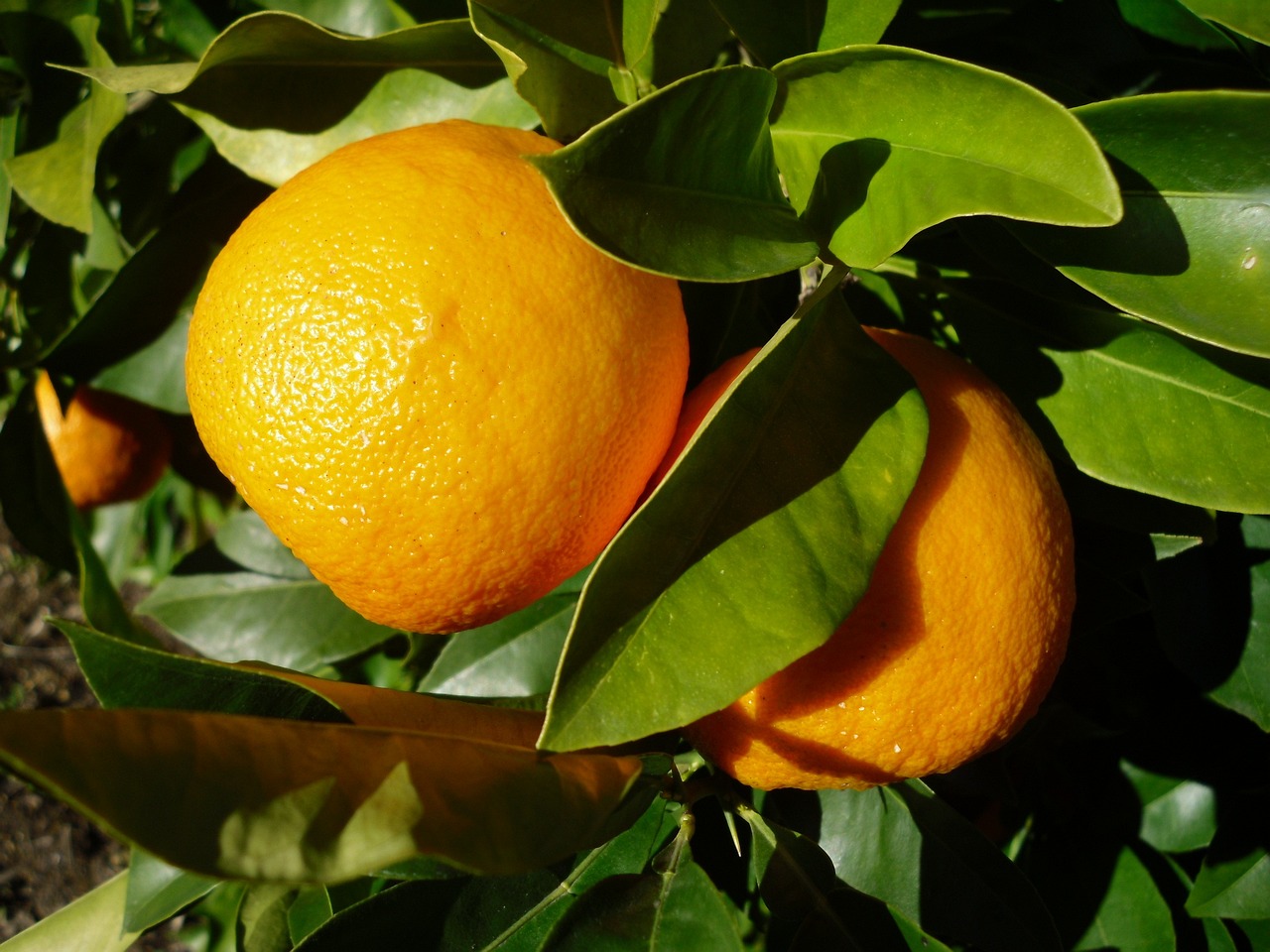Bio-waste collection
Separate collection of bio-waste is an absolute precondition for closing the loop of organic matter and diverting it from either landfilling or waste-to-energy valorisation. If in many instances decentralised treatment, such as home or community composting, appears as the most sustainable option, it is usually not suitable for densely urbanised areas. That is why most cities and towns across Europe must set up separate collection schemes by 2023, as required by the revised Waste Framework Directive, and engage with different categories of waste producers to make sure that bio-waste is effectively sorted.
Setting up a separate collection system includes a number of technological, organisational, regulatory and financial choices, depending on the local context. While in decentralised valorisation, transportation is unnecessary as treatment occurs at the source, centralised options require transportation to the treatment facility. As such, the most common types of collection systems are:
- Door-to-door or kerbside collection (e.g, bags or containers): fifferentiated waste collection occurs at the user's home, with various waste types collected on different days using different containers and frequencies. Waste is manually collected by municipal workers and loaded into collection trucks.
- Drop-off points or container system: method that involves the presence of containers of different shapes and volumes, where users dispose of various types of differentiated waste. In this case, users can dispose of the different types of waste separately 24h a day. The containers are lifted automatically and emptied inside the truck, and there is no form of control over the end-users in this collection method .
In all cases, separate collection of bio-waste comes with numerous challenges, most of them captured in Mikkeli, Porto and Seville’s Demonstration reports. One of the biggest challenges is the additional cost of separate collection that is incurred by waste management authorities. This is why Seville has developed a Flow Optimisation App, aiming to identify the optimal collection route for garbage trucks, reducing costs and associated GHG emissions
CityLoops demonstration experiences
Lessons learnt
- The frequency of bio-waste collection needs to be carefully determined to ensure timely removal of waste without causing odours, attracting pests, or leading to overfilled containers.
- Proper collection infrastructure, such as dedicated bins or containers for bio-waste, needs to be in place and strategically located to ensure convenient access for residents and businesses.
- Ensuring an adequate number of collection points and appropriate bin sizes can be challenging in densely populated or geographically dispersed areas.
- Bio-waste collection can be contaminated with non-biodegradable materials, such as plastic or metal, which can reduce the quality of the collected waste and create difficulties in processing and composting.
- Local authorities setting up a separate collection system need to develop waste management policies to include provisions for bio-waste collection, analyse suitable locations for collection based on demographics, waste generation patterns and infrastructure availability, assess existing infrastructure and invest in enhancements for bio-waste collection, engage local authorities, waste management companies and customers, conduct public awareness campaigns, implement monitoring mechanisms, and Implement waste management software and tracking systems to optimise collection routes.
- The Bio-waste Flow Optimisation app is unique to Seville since the data analysis and backend use local data. Each city would therefore need to develop their own version.
- The main challenges in using the Bio-waste Flow Optimisation App were the availability of data in the required format, and the lack of historic socio-economic data. This made it necessary to proceed to some data formatting.
- While the lack of data being not possible to solve, the tool and the data analysis methodology had to be adapted to the available data.
- The data analysis and machine learning were powered by Python libraries. Communication between data sources was managed with Python when needed. The use of Django as a framework helps to improve the performance of the applications developed with other popular web frameworks.
- The collaboration of partners is crucial for data collection, since there is not always relevant data at the necessary scale in open data platforms.
- The tool and the data analysis methodology need to be adapted to the available data, which should help to cover any data gaps.

